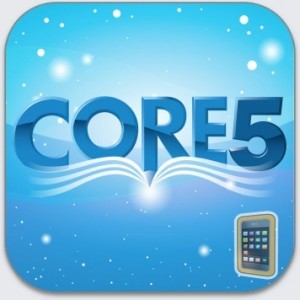Homework Links
My thoughts on homework
For a long time since I started teaching elementary students, I've had mixed feelings about homework. On one side, I find it teaches habits of time management and responsibility, and provides continued and extra practice to the skills learned at school. On the other hand I understand that my students, like myself, like to change pace and activities after school, enjoy hobbies and sports, and spend the rest of the day with family and friends. Plus one important aspect we should never ignore, they are children, they should spend a lot of time playing.
Math homeworkAs you may have read in my Math page, I introduce very different routines and activities to work with math every day, all of them with the goal in mind of making my students flexible with numbers and equations, so that they are able in the future of navigating their way to solving problems even if they don't completely remember their facts, and also with the intention of never losing the excitement about Math, because Math is fun and should never be dreaded! That is why I recommend that you introduce Math every day in your routines with your child. Math is everywhere, you just have to get in the habit of seeing it that way: estimating how long it takes to brush your teeth, measuring cups and teaspoons in a recipe, starting a budget for food shopping and challenging your child to keep track of the groceries you are buying and the price. The list goes on and on. Check out these useful websites with activities to introduce math daily with your kids:
bedtimemath.org/ talkingmathwithkids.com/ |
Reading homeworkI love to get my students excited about reading. In my classroom we frequently comment on the books we are reading at home, make book recommendations, establish reading goals, and practice good reading habits. Having good reading role models is tremendously important to create good reading habits. For language arts homework, your child should be reading between 20 and 30 minutes, if possible with your undivided attention, of which part of those your child should be reading to you, and part of them you reading to your child. Following is a fantastic explanation on reading homework from "Cult of Pedagogy" that can help you in the task of reading with and to your child.
|



